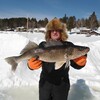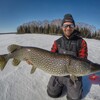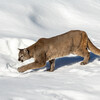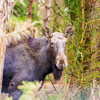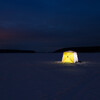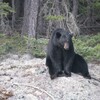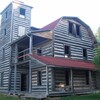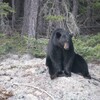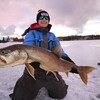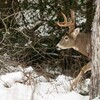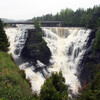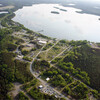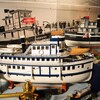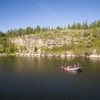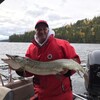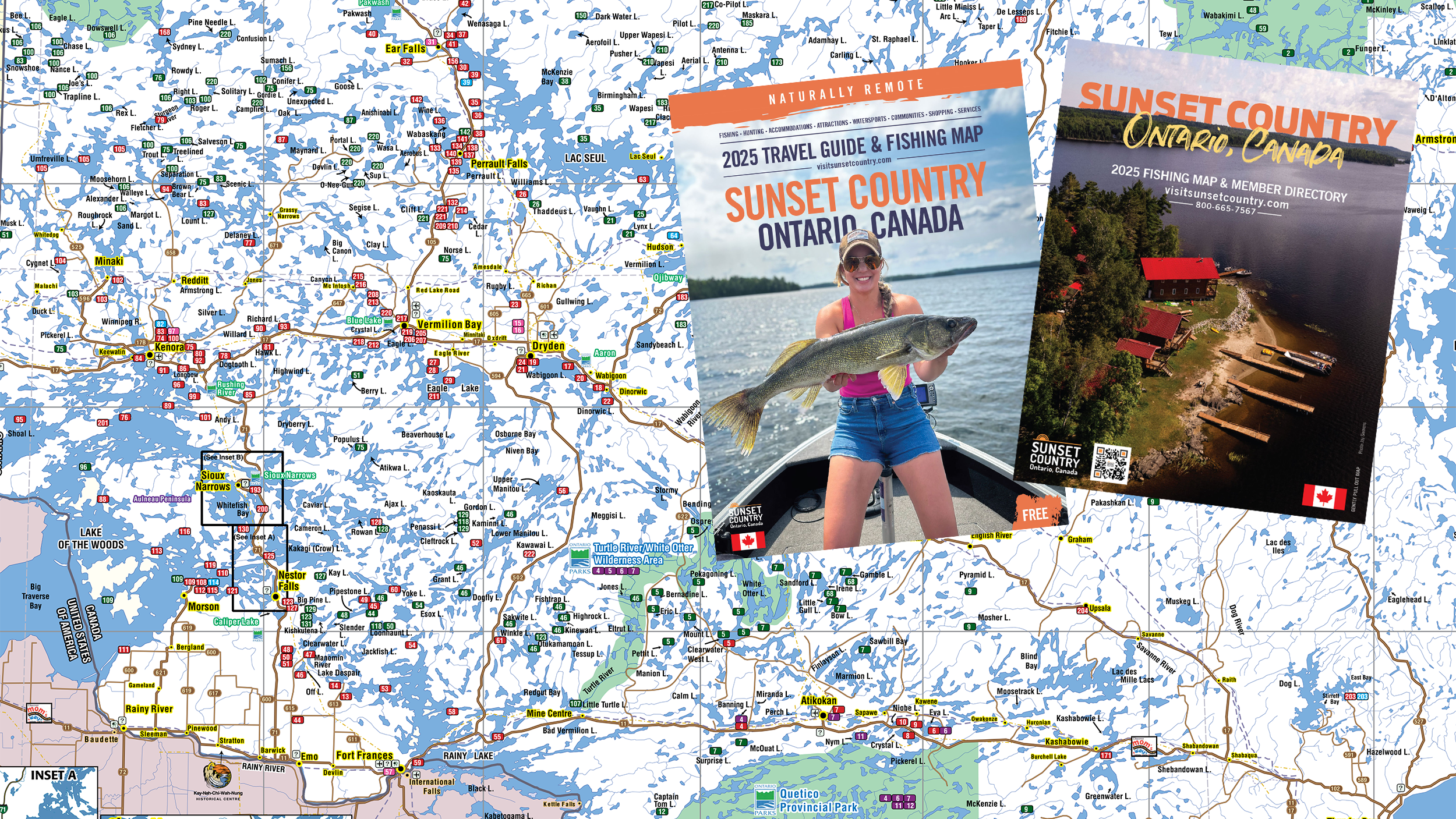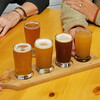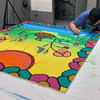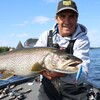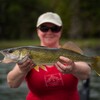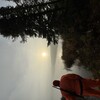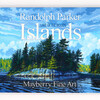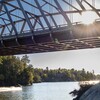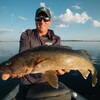
Colour My World: 10 Reasons Why Leaves Change Colour
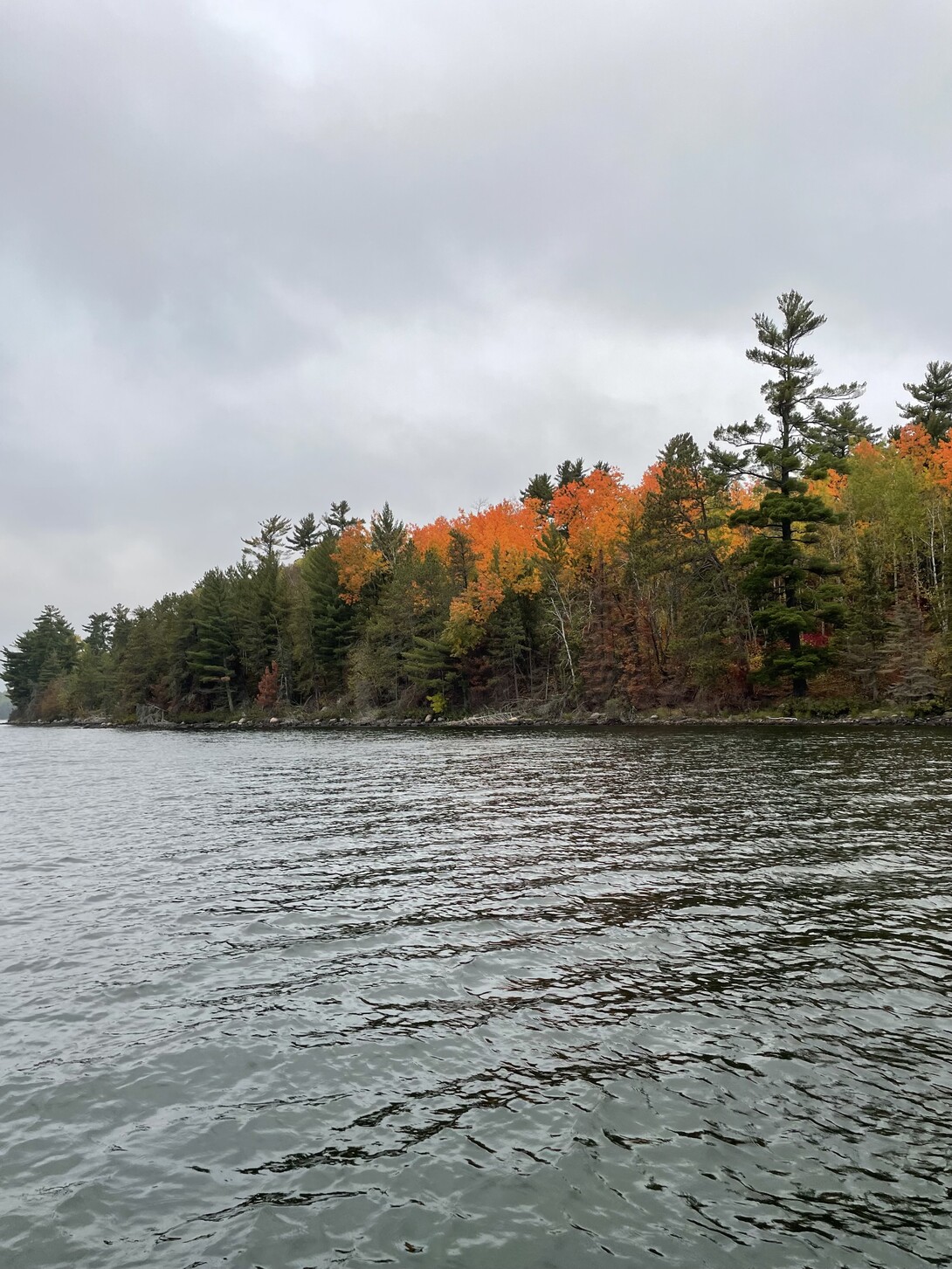
Fall Transitions in Northwestern Ontario
So the Autumnal Equinox happened on September 21st and that date means a new look is emerging from the Boreal forests in Ontario's Sunset Country. With the colder overnight temperatures, the changes are easy to see. But did you ever wonder what was behind this transition? What natural factors work just before and during fall that causes the big colour change?
Read on and learn more about what nature does, as Albert Camus notes, to make fall a second spring, where every leaf becomes a flower.
Natural Factors Behind the Colour Change
The change in the colour of leaves during the fall is a complex process influenced by various factors. Here's a breakdown of what happens in nature to produce the magical colour change:
- Decreasing Daylight: Decreasing daylight plays a significant role in getting the ball rolling on fall. As the days shorten, there's less light available for photosynthesis. This signals the trees to start preparing for winter.
- Temperature: Cooler temperatures, especially during the night, can trigger the breakdown of chlorophyll and influence the display of colours.
- Chlorophyll Breakdown: Chlorophyll gives leaves their green colour. As daylight decreases and temperatures cool, chlorophyll production slows down and the existing chlorophyll starts to break down, revealing other pigments in the leaf.
- Carotenoids: These pigments are always present in the leaf, but they are usually masked by the green chlorophyll. As chlorophyll breaks down, carotenoids become more visible, producing yellow and orange hues. Carotenoids are responsible for the colours in carrots, bananas, and corn.
- Anthocyanin Production: Unlike carotenoids, anthocyanins are not always present in leaves. They are produced in response to various factors in the fall, such as cooler temperatures and increased sugar concentration in the leaf. Anthocyanins can give leaves red, blue, or purple colours. The exact shade depends on the pH of the tissues – redder in acidic conditions and purpler in alkaline conditions.

- Tannins: As other pigments degrade, tannins can become more prominent in some tree species, resulting in brown hues.
- Weather Conditions: A series of warm, sunny days followed by cool, crisp (but not freezing) nights tends to produce the most vibrant colour display. During these conditions, sugar production in the leaf is high, but the cooler nights prevent the sugar sap from flowing out of the leaf, leading to a higher production of anthocyanin pigments.
- Soil Moisture: Adequate rainfall in the preceding spring and summer can also influence the vibrancy of fall colours. Severe drought can delay colour change and decrease its vibrancy.
- Tree Species: Different tree species have different pigments, leading to a variety of colours. For instance, oaks can display deep red, brown, or russet hues, while maples can exhibit vibrant scarlet, orange, or yellow.
- Health and Location of Trees: Trees that are stressed due to diseases, pests, or other adverse conditions might show early or less vibrant colour changes. Additionally, the colour display can vary based on the tree's location, whether it's in a low or high area, or if it's exposed to more sunlight or shade.
While these natural factors play a major role in the fall colour change, the exact timing, duration, and vibrancy of the display can vary annually based on a combination of these factors. By having knowledge of what processes are at work and what actually happens to the trees and plants in fall, you can better understand the changes as they happen.

Fun Things to Do Outdoors in the Fall
Now that you know what is going on behind the scenes to cause this kaleidoscope of colours, the good news is that fall is one of the best times to get outdoors in Sunset Country! Here are just a few prime fall activities:
- Hiking - With zero bugs, fall is the best time to enjoy the woods since those beautiful colour changes will be all around you. There are many great nature trails in Sunset Country.
- Fishing - Fall fishing is spectacular as the water temperatures cool down the fish get active, looking to eat as much as possible before winter sets in.
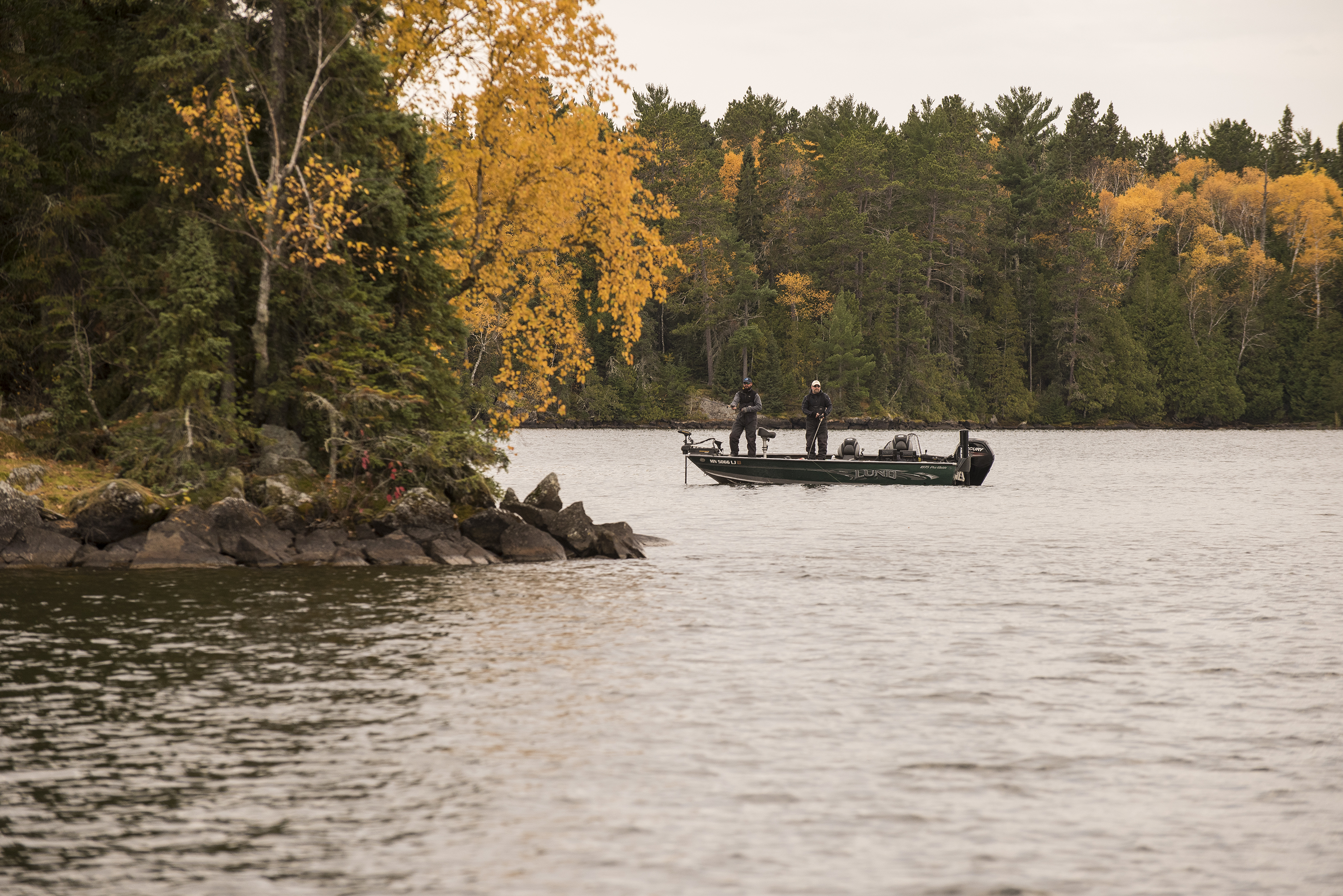
- Wildlife Viewing - Wildlife also sense the coming of winter so fall is a time of year when they get much more active. You are more likely to see big mammals like whitetail deer, moose or black bears during fall.
- Auto Touring - With the wonderful colour change, you can't beat fall when it comes to auto touring. Drive our winding roads and see the majesty of colours that define the change of season. Here is a suggested touring route where you'll see a lot of fall colours.
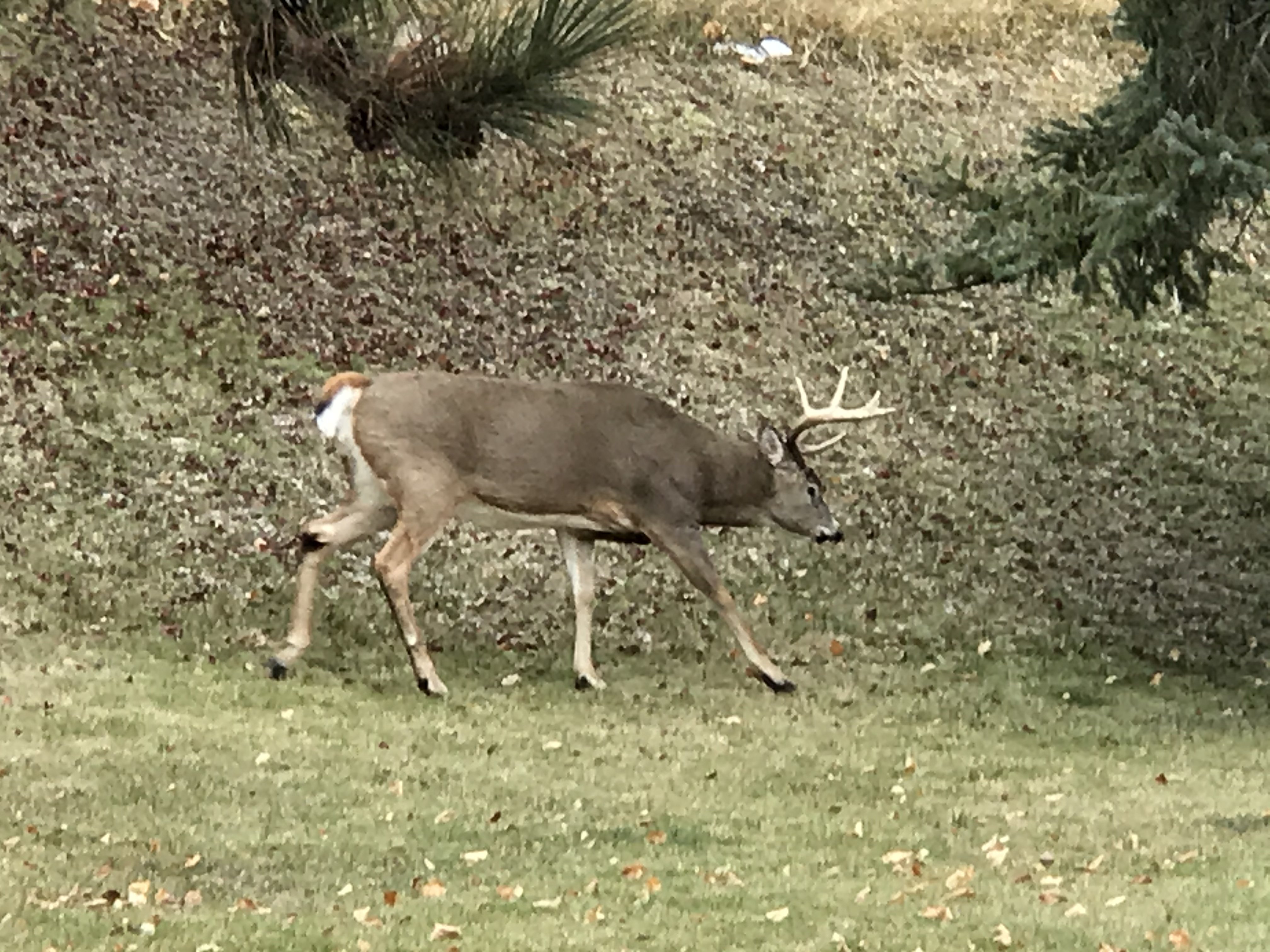
- Hunting - Fall is the time for hunting in Ontario's Sunset Country. Try your luck pursuing moose, whitetail deer, bear, and ruffed grouse.
- Outdoor Photography - Nature's fall colour palette is reason enough to take lots of photos, but with more animals on the move, you could capture some amazing images.
Time Flies By Quickly During Fall
Sadly, the fall colour splash in northwestern Ontario lasts for 2-3 weeks then the trees go bare for 6 months. This means if you want to enjoy the majesty that is happening, you have to act quickly and decisively. On that note, hopefully, we'll see you soon.
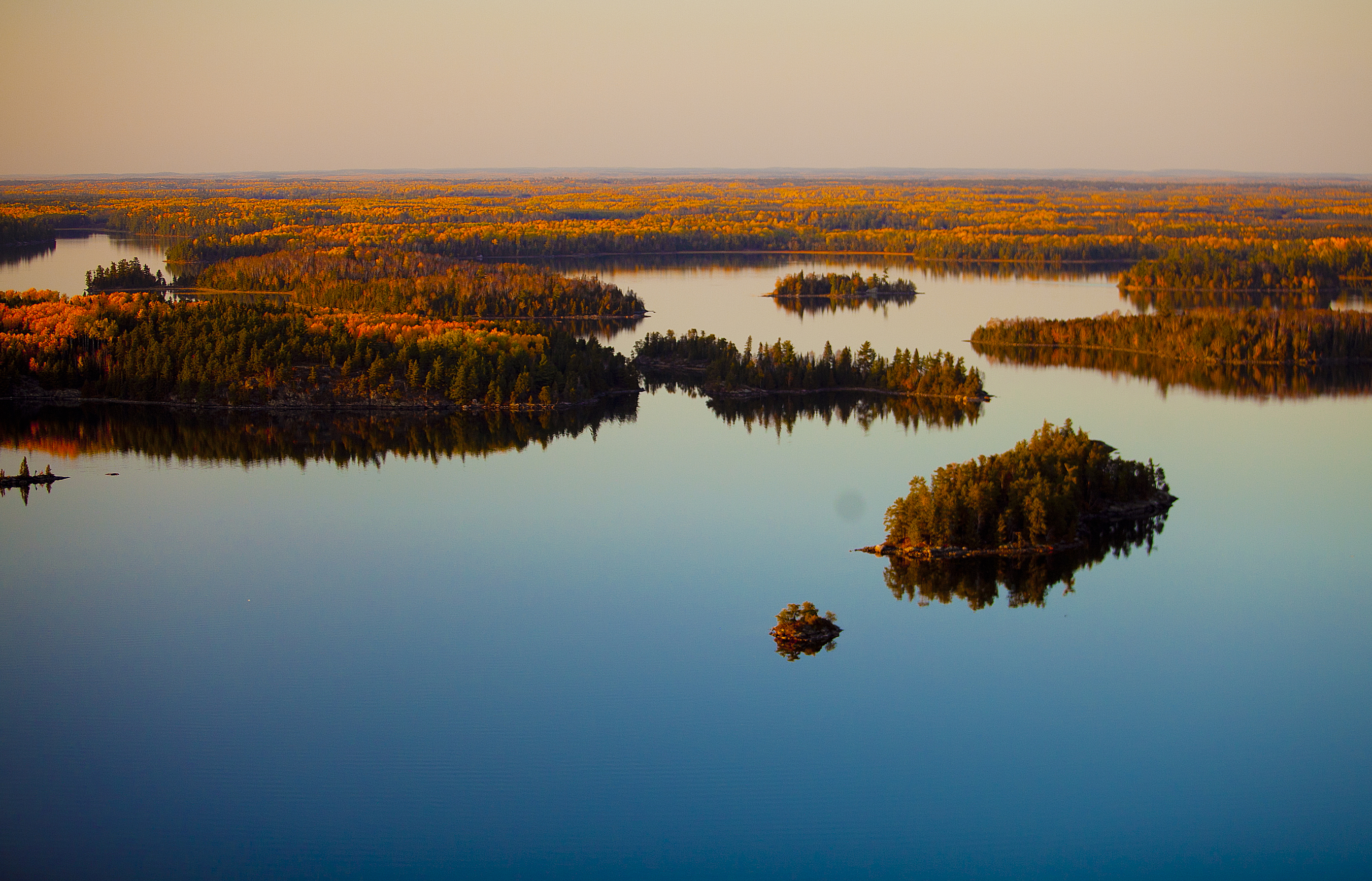
Recommended Articles

Is the 1,400 Kilometre Drive to Northwest Ontario For a Fishing Trip Worth it?
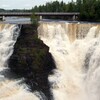
8 must-see waterfalls

6 Ways to Get Your 10,000 Steps This Fall

Top 5 Reasons You Should Be Fishing in Morson, Ontario

Discover The Winnipeg River

Enjoy Sunset Country's Fall Colours on Your Next Road Trip

Fishing in the Fall?

6 Reasons to Book a Fall Vacation to Sunset Country

10 Reasons to Avoid Ontario’s Sunset Country

Heading Across Canada?

A Guide to Sunset Country Museums
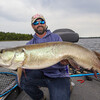
The Promised Land: Best Muskie Fishing in Ontario

Fall Fishing Tips
5 Essential Boreal Experiences in Ontario's Sunset Country

5 Obscure Facts About Northwestern Ontario: Were You Aware of These?

Great Food in Relatively Unknown Places
Outdoor Medicine

A Guide to Bringing Your Pets on Vacation to Canada

There's more than just fishing in the Red Lake Region

5 Amazing Sights You Can Only See By Boat

Going Fishing in Canada?

Going fishing in Ontario?

Outdoor Adventure in Ontario's Northern Paradise
Planning A Family Fishing Trip to Canada

Tips from a Fishing Legend

